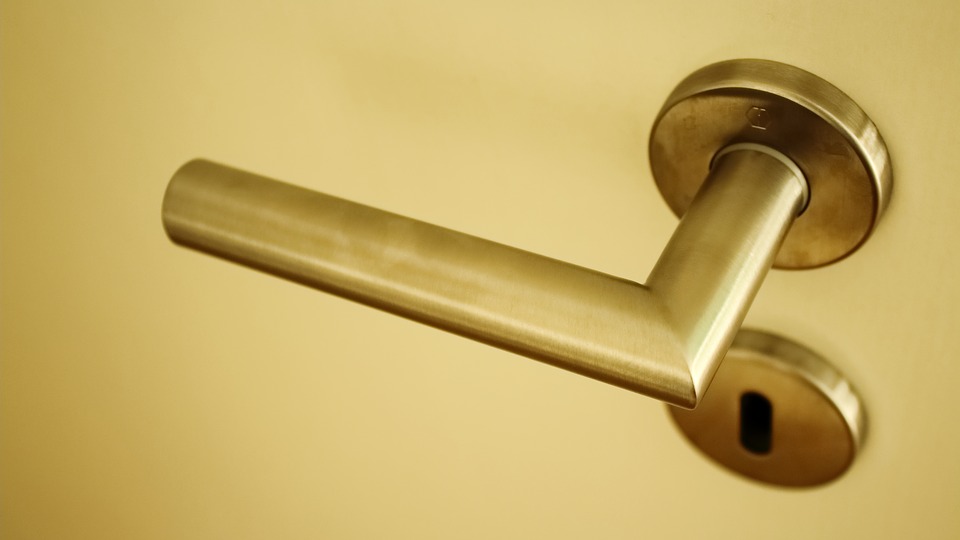A commercial door closer is an installed hardware device that creates a vacuum. This vacuum pulls the connector arm back, which closes a door after it’s been opened. Door closers can be used for commercial doors and residential doors but are more typically used commercially. Door closers need to be checked regularly as they may need adjustment or repair frequently. There are a variety of reasons why your commercial door closer may not be working properly and finding out why will help you determine what steps you need to take to repair your door closer. However, it’s important to not waste your time on incorrectly installed door closers, as they will not work properly and will have to be reinstalled.
How to Repair a Door Closer
Before you begin adjusting or fixing your door closer, you may need some materials, depending on the type of repair you are doing. These materials include:

- Rust Remover
- Grease and grease gun
- O-ring
- Pliers
- Adjustable wrench
- Screwdriver
First, you’ll want to look over the door closer and see if there are any other problems besides the one you’ve already noticed. Check if there’s any protruding screws and remove them, and make sure the control arm is working properly. Control arms can rust, get bent, be obstructed, or need lubrication. Additionally, if your door closer has a catch, make sure it is in open position. This will allow the control arm to close.
Door Closes Too Fast, Too Slow, or Slams Shut
If you are having a problem with your door closer’s closing speed, you’ll need to turn the speed adjustment screw. To slow the door closers closing speed, turn the screw clockwise. To increase the speed, turn the screw counterclockwise. If you want to prevent the door from slamming shut, you’ll need to adjust the latch speed with the latch adjustment screw. Like the speed adjustment screw, if you want to slow the door closer, turn the latch adjustment screw clockwise, or counterclockwise to increase the speed.
Lubricating Door Closers
Old door closers and door closers that have been exposed to outdoor elements may need lubrication to begin functioning correctly again. If there is any rust, use the rust remover and begin lubricating the door closer with the grease gun.
Door Closer Does Not Close Completely
If your door does not close completely, you’ll need to adjust the bracket. The bracket attaches the door closer to the door. Open the door and loosen the screws holding the bracket on the door and move the bracket more toward the door handle. Refasten the screws and check if your door is closing completely. If it still doesn’t, try removing the pin that secures the control arm to the bracket and move it to a hole that is farther away.
Door Closer is Leaking Oil
Leaking oil can cause the door closer to seize in place. To fix this, remove the adjusting screw. Then, use the rust remover to clean the screw and replace the O-ring. Make sure to lubricate before replacing the adjusting screw. Fasten the adjusting screw to the desired closing or latching speed level. Afterward, make sure no fluid is leaking and that the door closer is working properly.
Adjusting your door closer may need to be done occasionally. Luckily, it can be done quickly and easily by beginners. However, if none of these repairs work for your door closer, you may need to have it reinstalled or buy a replacement door closer.


I have a Norton 700 that was leaking and when I replaced it I accidently backed to latch screws out. I didn’t notice the screw was out and let go of the door. It shot oil everywhere. I replaced the oil but now now the closer does not close right. What should I do?